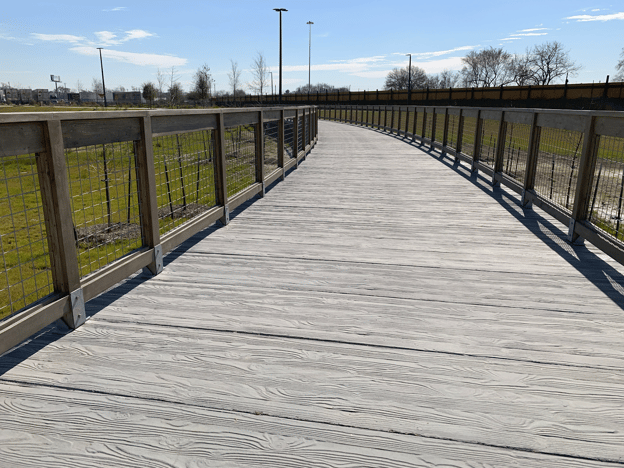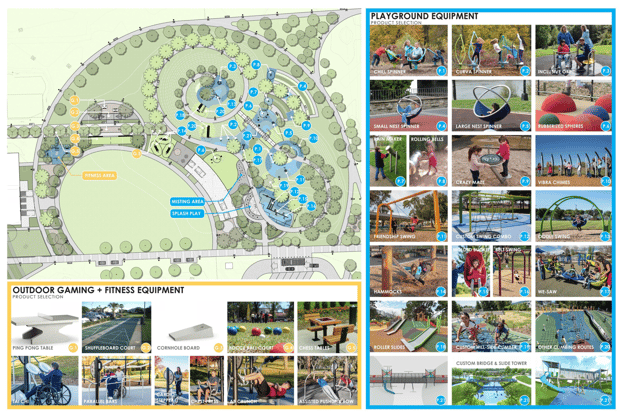Inclusivity is a concept that emphasizes the importance of creating environments where everyone feels respected, valued, and supported regardless of their differences. It aims to eliminate barriers and discrimination that prevent people from fully participating in society.
James Driver Inclusive Park is the story of inclusivity in action.
The Original Presentation at ASLA Texas in Fort Worth
Tara Klein, Landscape Architect at Four and One, LLC, and Jason Philbin, President of PermaTrak North America, presented this content to ASLA participants in April 2023. Tara Klein was the primary designer for the project, and Jason Philbin’s company PermaTrak supplied the concrete boardwalk design and product.
The presentation integrated a review of the Texas Accessibility Standards (TAS) applied to the park design, and all participants received a PDH fulfilling the annual Barrier-Free Requirement. Various TAS standards were addressed, including accessible routes, parking spaces, plumbing facilities, recreation facilities, and play areas.
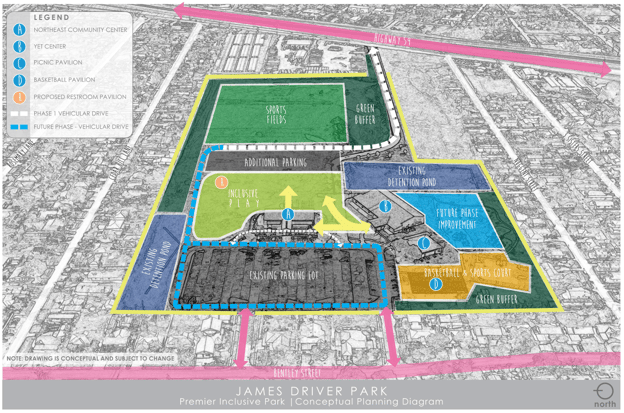
LACES Approved Learning Objectives:
- Participants will be able to articulate all the disabilities and accommodations addressed in the design of James Driver and apply to future inclusivity projects.
- Participants will explain the pros and cons of materials used in James Driver, understanding what was selected for which purpose and its role in accommodating for inclusivity.
- Participants will be able to apply the sustainable rainwater irrigation design in James Driver to future projects.
- Participants will take home ideas on how park design can encourage and foster community involvement and engagement.
Invaluable Public Input
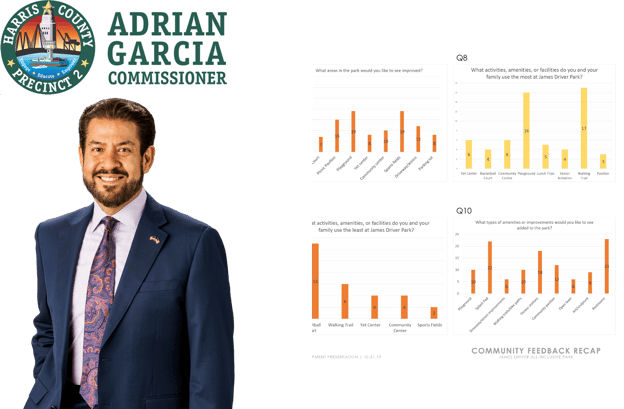
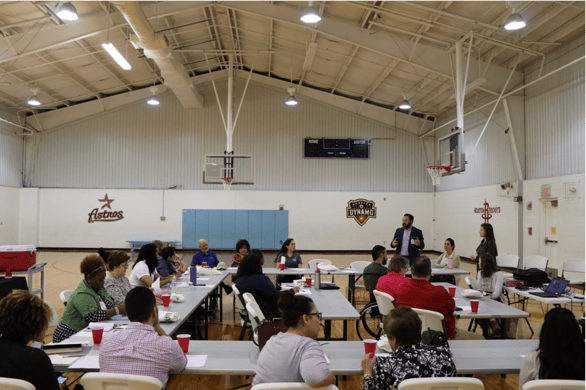
The design of James Driver Inclusive Park took into account public input, ensuring that the community's needs and preferences were considered. Additionally, the expertise and insights provided by the presenters and other professionals involved in the project proved invaluable in overcoming challenges and creating an inclusive park environment.
Commissioner of Harris County Precinct 2, Adrian Garcia, spearheaded the efforts behind the design process and really was the catalyst for getting the project and public input phase off the ground.
Challenges: Easy Access and Parking
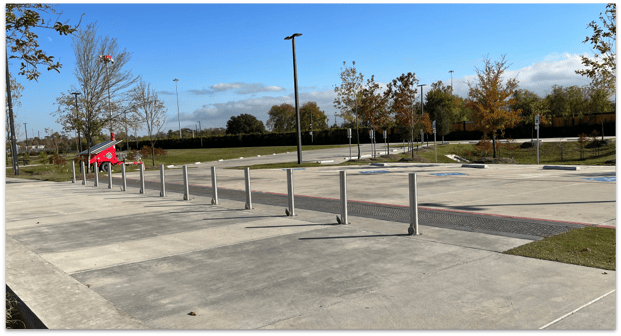
One of the challenges faced during the park's design was providing easy access for accessible parking and vendors. To address this, the park incorporated 36 new parking spaces, exceeding the required number of handicapped parking spaces. The design also considered the location of van spaces and access aisles, taking into account the ease of backing in for drivers.
Challenges: Post-Harvey Criteria and Existing Playground
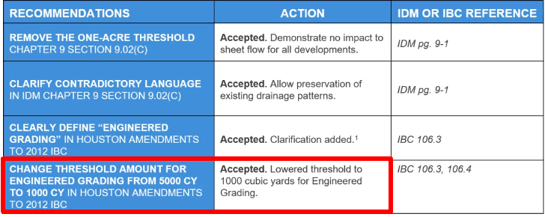
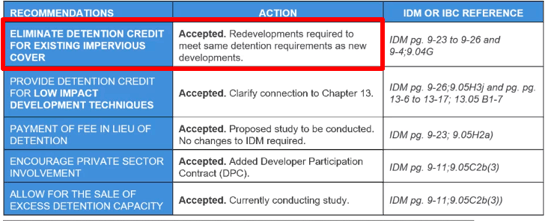
The park design had to comply with post-Hurricane Harvey drainage and retention requirements, which posed additional challenges. Furthermore, existing playground equipment and trees required careful consideration and relocation to ensure their inclusion in the park's design.
The Design Process - Boardwalk
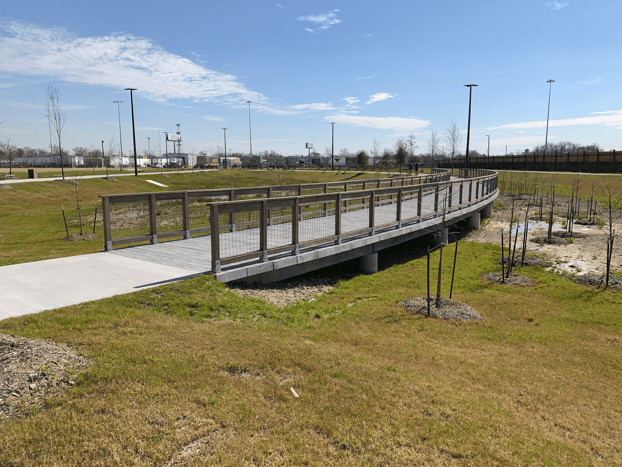
The park's boardwalk design underwent a thorough process, considering factors such as post-Hurricane Harvey requirements, sustainability, longevity, and adherence to TAS and Federal ADA standards. PermaTrak's concrete boardwalk system was chosen for its safety features, including tread textures to increase friction, concealed fasteners, splinter-free surfaces, and code-compliant railings.
Texture, Safety, and Durability
The boardwalk's texture was carefully designed to enhance safety, providing a surface that reduces the risk of slips and falls. PermaTrak's concrete boardwalk system offered durability, longevity, and sustainability, requiring no maintenance and remaining in ADA compliance throughout its design life.
Sustainable and Safe Water Usage
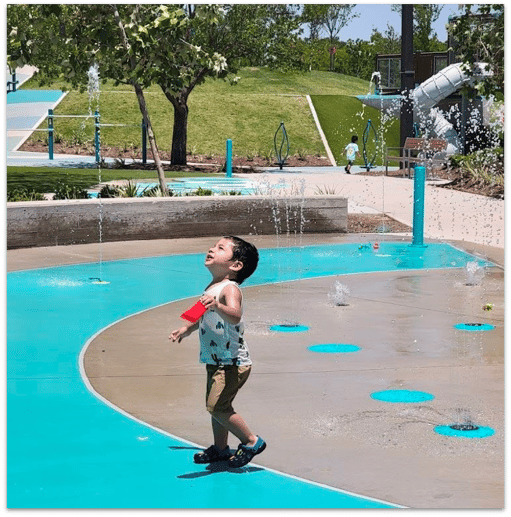
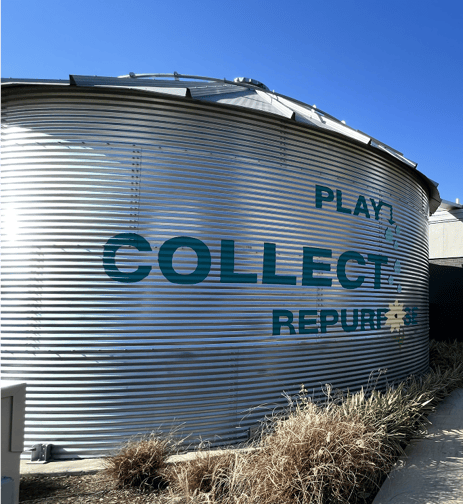
In line with sustainability goals, the park addressed challenges related to water usage. The design aimed to achieve sustainable and eco-friendly water management practices. To minimize water waste, innovative solutions were implemented, such as the use of water-efficient irrigation systems and drought-tolerant landscaping. Additionally, rainwater harvesting techniques were employed to collect and store rainwater for irrigation purposes, reducing reliance on traditional water sources.
The park also prioritized water safety, particularly in areas where children would be playing. Safety measures included the installation of non-slip surfaces around water features and the use of child-friendly water play elements with controlled water flow and depth. These measures ensured that children of all abilities could enjoy the water features in a secure and inclusive environment.
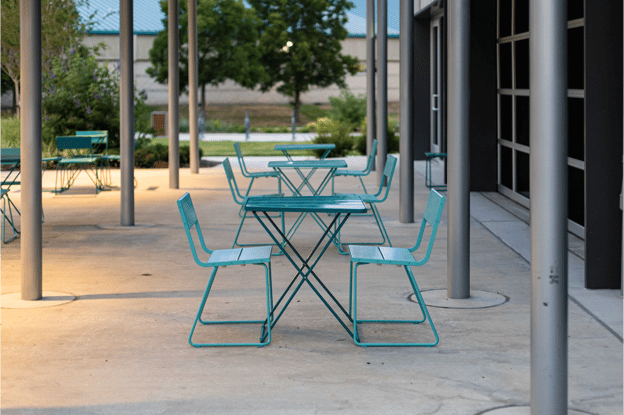
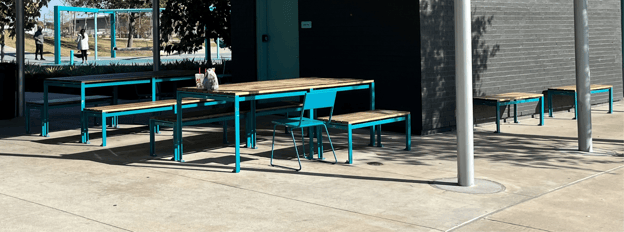
Inclusive Seating Options - Portable Furniture:
To promote inclusivity and accommodate different seating needs, the park incorporated versatile seating options. Portable furniture, such as benches and picnic tables, were strategically placed throughout the park. These seating areas featured bench pads with 3-foot concrete extensions, allowing ample space for individuals using wheelchairs or strollers to comfortably access and enjoy the seating areas. By considering diverse seating requirements, the park created a welcoming environment where everyone could relax and socialize.
Inclusive Signage:
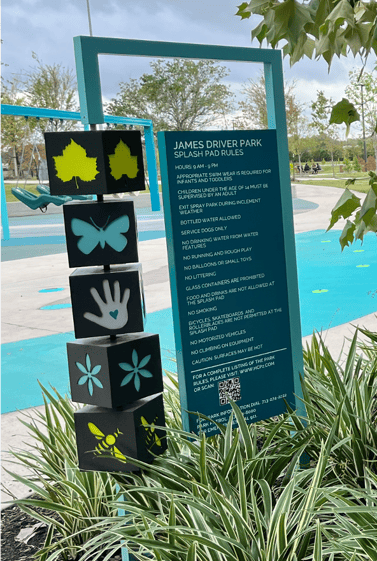
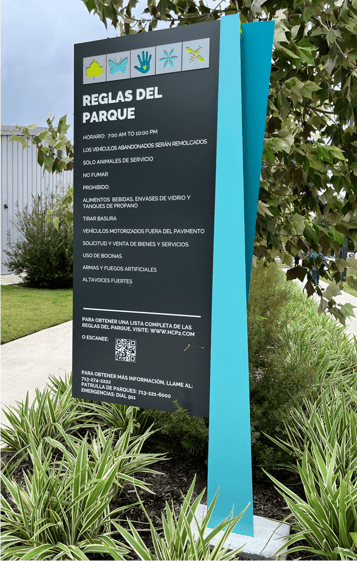
Recognizing the importance of clear communication, the park implemented inclusive signage. Signage was designed with legible fonts, appropriate color contrast, and universal symbols to ensure that information was accessible to individuals with visual impairments or language barriers. Additionally, braille signage was installed to facilitate navigation for people with visual disabilities. By prioritizing inclusive signage, the park aimed to provide equal access to information for all visitors.
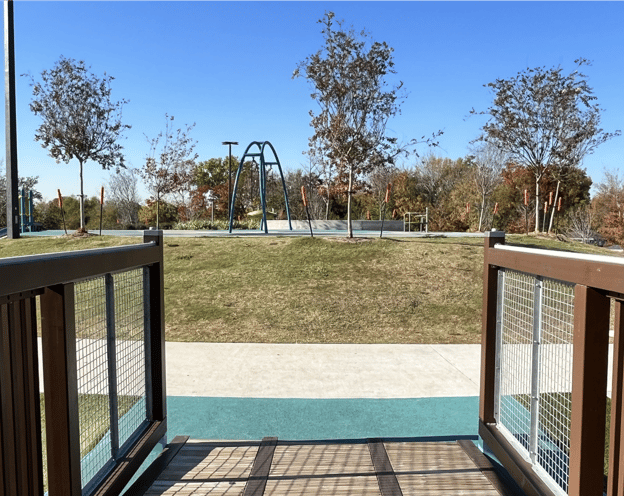
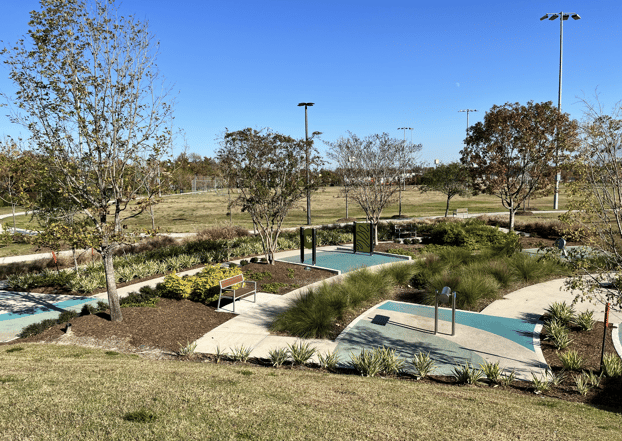
Play Areas:
One of the key aspects of James Driver Inclusive Park was the design of inclusive play areas. The park adhered to TAS standards to create engaging and accessible play spaces for children of all abilities. Clear floor or ground spaces were incorporated at play components to accommodate wheelchair users, ensuring they could freely maneuver and enjoy the equipment.
The park also considered reach ranges for children seated in wheelchairs, ensuring that interactive features were within accessible reach. By creating inclusive play areas, the park fostered a sense of belonging and encouraged social interaction among children, regardless of their physical abilities.
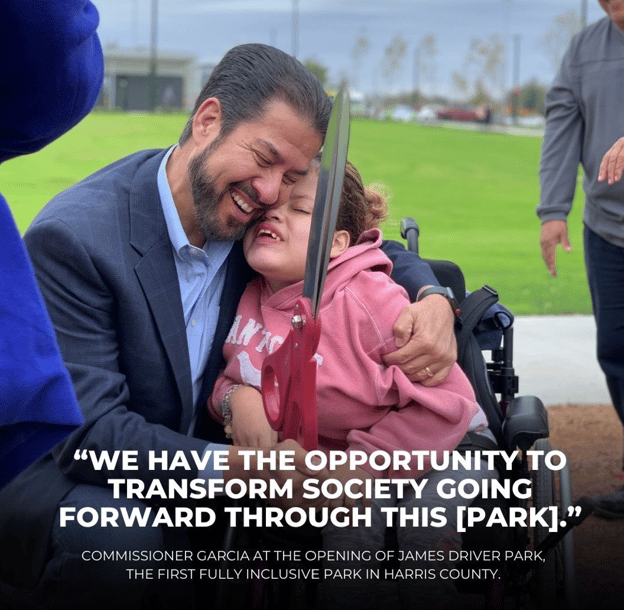
An Inspiration for the Future:
James Driver Inclusive Park stands as a shining example of inclusivity and accessibility in action. Through careful planning, collaboration, and adherence to TAS standards, the park successfully created an environment where everyone feels welcome and empowered to participate fully. From accessible parking spaces and pathways to inclusive play areas and seating options, the park's design took into account the diverse needs of its visitors. By embracing inclusivity, the park promotes social equity, breaks down barriers, and paves the way for a more inclusive and compassionate society.
The successful realization of James Driver Inclusive Park serves as an inspiration for future projects and a reminder that inclusive design is not just a goal but a responsibility. By prioritizing inclusivity in our public spaces, we can create environments that celebrate diversity, foster equality, and empower individuals of all abilities to thrive and enjoy the world around them. Let the story of James Driver Inclusive Park inspire us to continue building a more inclusive and accessible future for all.

